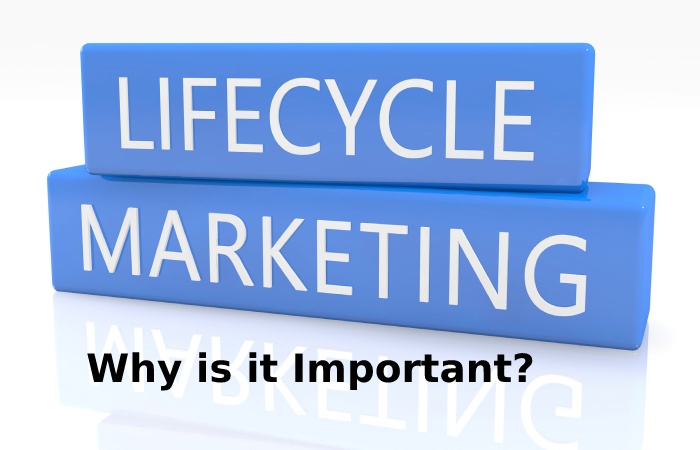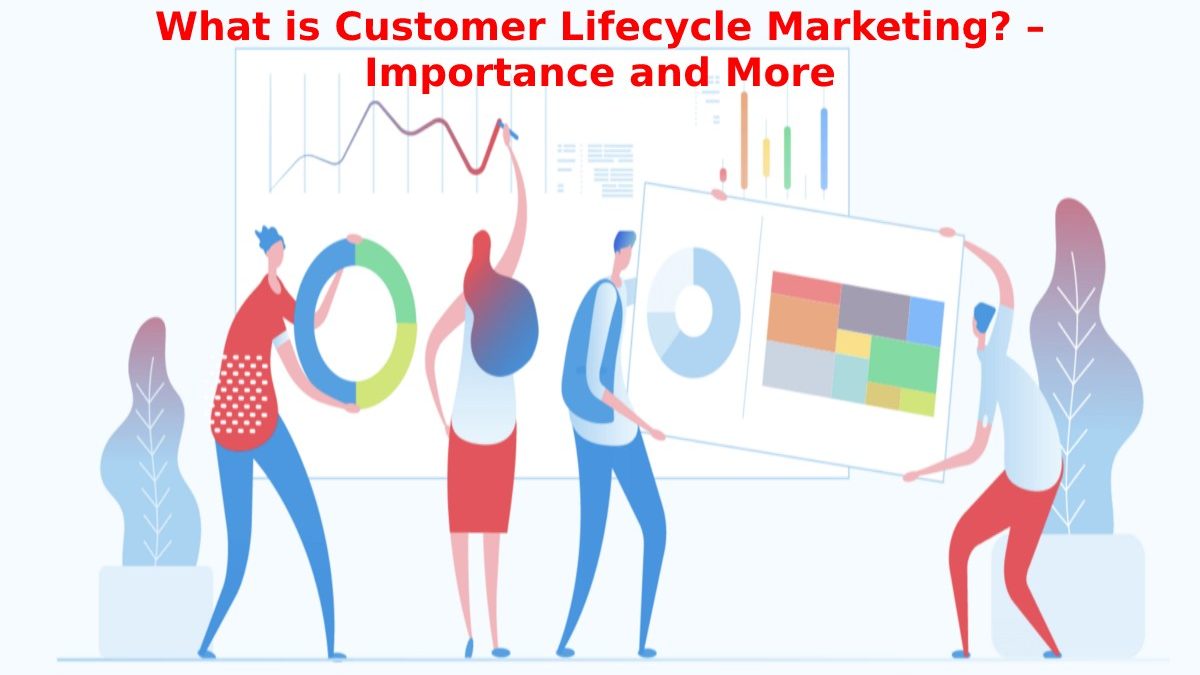Table of Contents
Introduction
Customer Lifecycle Marketing is not just another Customer Relationship Management (CRM) process. Instead, lifecycle marketing focuses on your customers from the moment they hear about you. Tracking their experiences, interactions, and engagements with your brand. In other words, the customer lifecycle is about analysing your customers’ relationship with you.
Creating a marketing lifecycle strategy by identifying your customer’s different stages will help you refine your communications and prioritise the most effective channels and touchpoints. This allows you to personalise your message and product to maximise your reach, grow your business, build lasting relationships, and retain customers who will be your brand ambassadors forever.
Understanding and tracking your customer’s journey with your brand is the basis of customer lifecycle marketing. By analysing this information, you can ensure that all teams in your business are aligned toward the same marketing objective. Which is crucial if you want to continue to convert existing customers and delight them to create advocates to attract more customers to the future.
Lifecycle Marketing – Why is it Important?

The customer has different experiences in each phase of his life cycle. Maybe a prospect saw your brand, came to your website, interacted with you, didn’t like their knowledge, and rebounded. Maybe they loved the expertise and have been your customers for ten years. The total time that a customer is in contact with you is that customer’s lifecycle.
It’s essential to understand each stage of the customer journey with you so you can develop appropriate lifecycle marketing strategies to address specific customer pain points. The “one size fits all” approach is a thing of the past. Nowadays, every customer wants to be treated uniquely, and there are so many channels they come from that it is almost impossible to satisfy them with just one approach.
Customer lifecycle marketing will make your customers feel valued, heard, and supported. Research shows that 64% of companies believe customer experience is the best way to extend customer lifespan, closely followed by better use of data and personalization. The best way to do this is to understand the lifecycle of your client settings.
Also Read: What is Marketing Automation? – Benefits, Types, and More
Different Marketing Stages of the Customer Lifecycle
There are some critical phases of the customer lifecycle that every customer typically goes through. These phases must be documented and analyzed. Understanding how to convert and nurture the customer through each stage of their lifecycle will benefit your business more than approaching them as a unique customer. Your business goal should be attracting new customers, converting potential and inactive customers, and turning existing customers into brand ambassadors. Now, let’s understand each phase individually:
Awareness
At this point, you have successfully reached your customers on one of the channels, and they are getting to know you. Of all the marketing messages they consume daily, yours managed to stand out, and they noticed your product and brand. It could have happened through various touchpoints, e.g., B. Targeted ads, Google search, maybe a friend or family member recommended your brand, or online reviews. Your efforts to grab customers’ attention have paid off, and now you need to focus on converting them because knowing your product alone is not enough to motivate them to buy.
It is simply the first phase. So if they’ve learned your brand, chances are they’ve been open to other brands. Based on your insights at this stage, create a unique lifecycle marketing strategy that keeps customers focused on you. Once your prospect is aware of this, you can take them to the next phase of the lifecycle by engaging with them.
Obligation
Now that your prospects know you exist creating communication and engaging with them is time. Help them understand how you can see their needs. Most customers will find information about you by visiting your website, contacting a representative, or reading premium content like blog posts. You need to slow down the iron while it’s hot and send out customer retention campaigns like welcome emails as soon as a prospect leaves their information. One study claims that 70% of customers’ purchasing decisions depend on how they are treated. When you actively communicate and engage with your customers through intelligent email marketing. They are more likely to trust you and move forward in their journey with your brand. It is also an outstanding opportunity for you to understand. Learn about prospects’ needs and move them further down the sales funnel.
Evaluation
At this point in their lifecycle, the prospect is weighing the options between you and some other competitors. They know they have a need, a vulnerability that a brand like yours can fill. You will thoroughly evaluate and compare the options available and decide on a good choice based on your set parameters. By understanding your prospect’s mindset at this stage, you can choose in your favor by ensuring all of their questions are answered. The only object you need to remember is that you maintain the same consistent response across all your platforms. Whether through your website or your sales rep. Educating them on using your products and services will empower and inform them and make them feel they have all the information they need to purchase.
Purchase
Many problems and doubts arise when buying. Even in something as digital as e-commerce, where transactions are simple and of lower value, the cart abandonment rate hovers around 69.57%. With high dropout rates, some issues need to be address. You can guide your active leads through the sales funnel by offering online support through live chat services and FAQs that answer most lead queries.
Many potential customers may not convert for reasons such as long delivery times. Payment problems, bad experiences, or because your competitor has better prices. You need to understand why you are missing out on opportunities so that you are better equipped to eliminate those problems for your future visions.
Support Experience
It’s a standard error that your customer’s journey ends with their purchase. The probability of selling to a present buyer is 60-70%, while pledging to a new customer is 5-20%. The marketing effort to satisfy an existing customer is less than the effort to attract new customers. How customers feel after purchasing is the actual test of your conversion success. By providing them with excellent services and experiences, as well as active customer retention, you will win customers for life. You can build lasting relationships with your customers by continuing to engage with them post-purchase and providing exceptional experiences.
Conclusion
Customer lifecycle marketing is a high-level approach to personalized customer communications based on recognizing that different marketing messages and strategies work best for customers at various stages of their journey with a brand.

